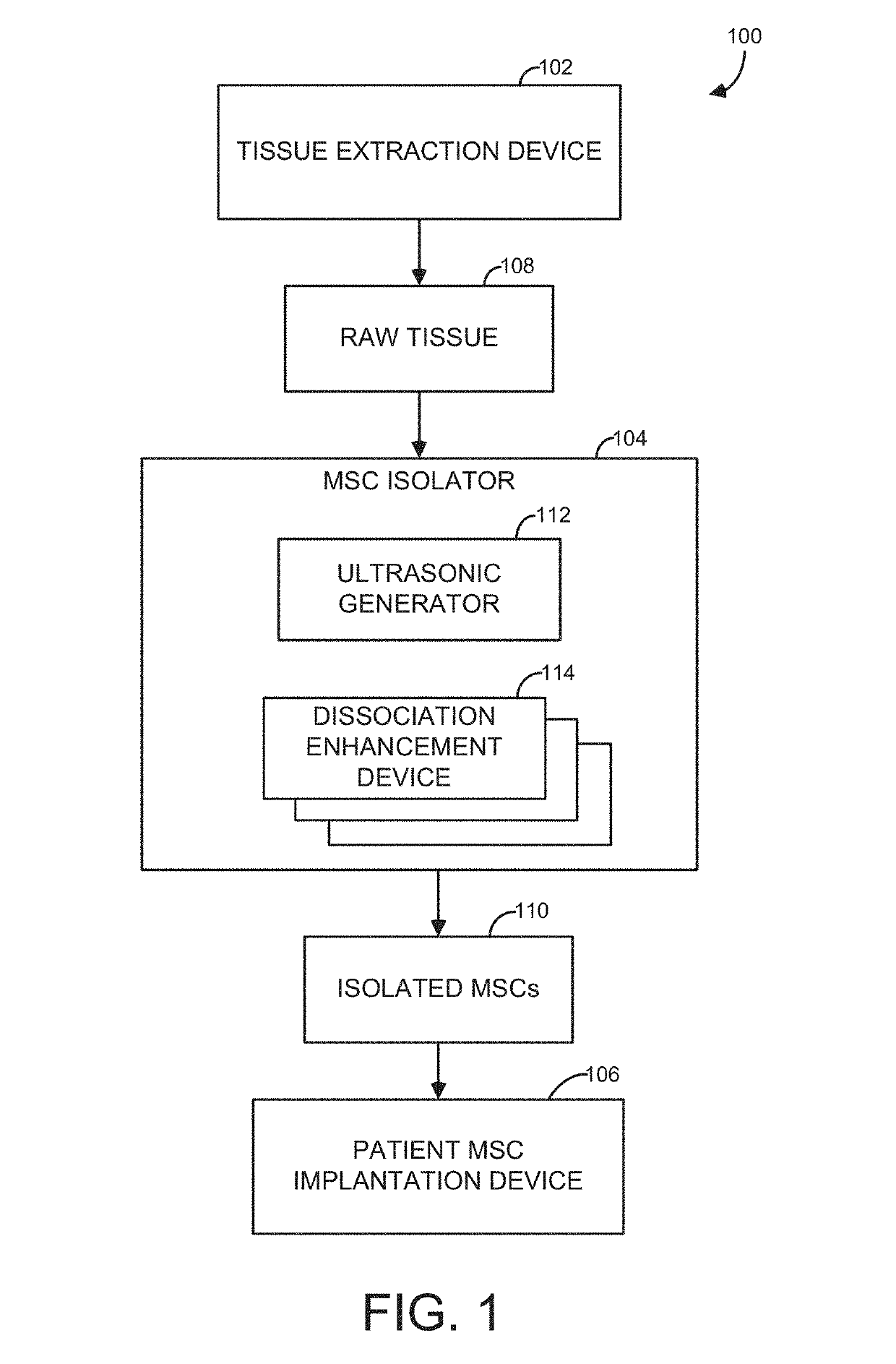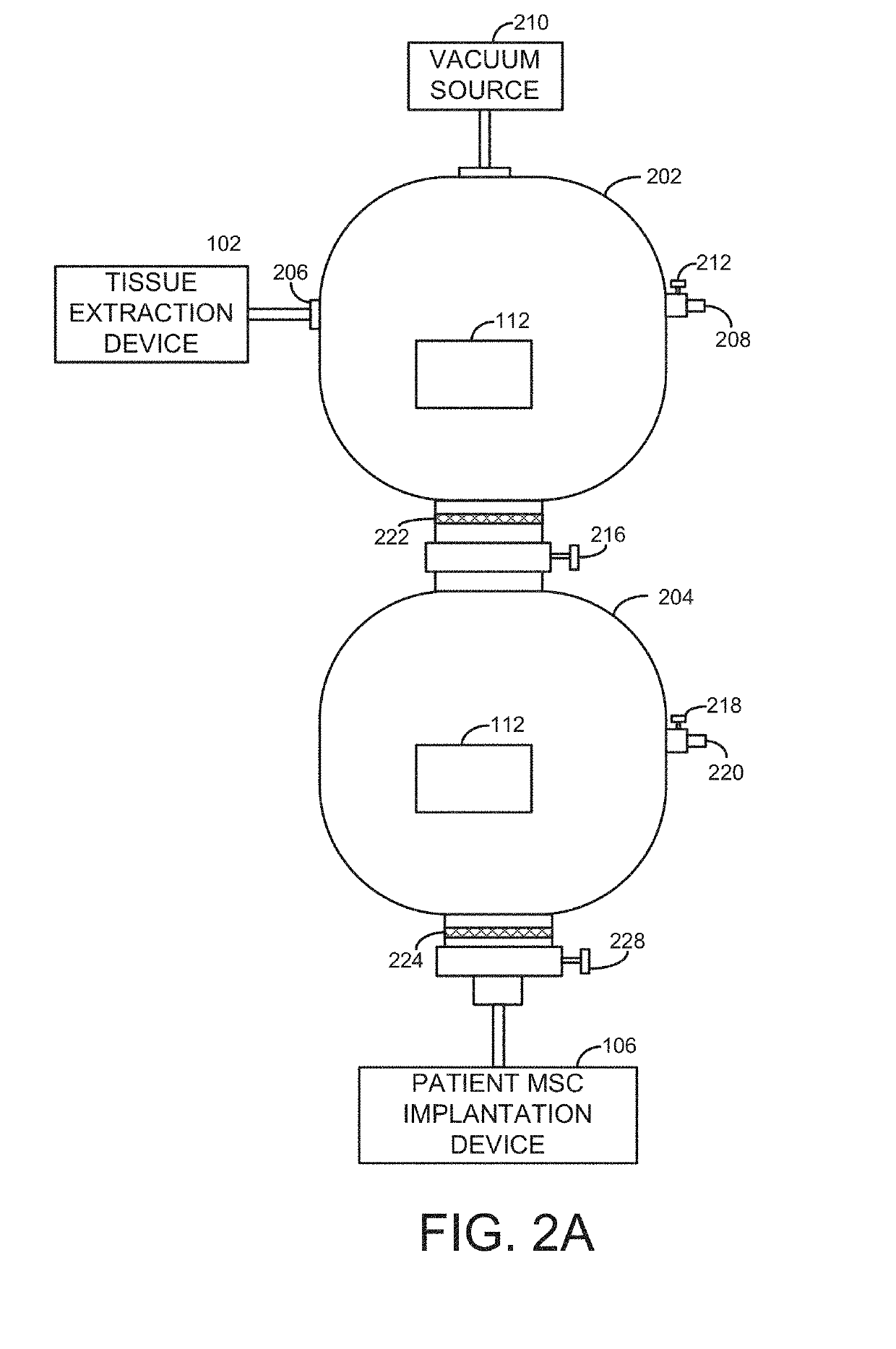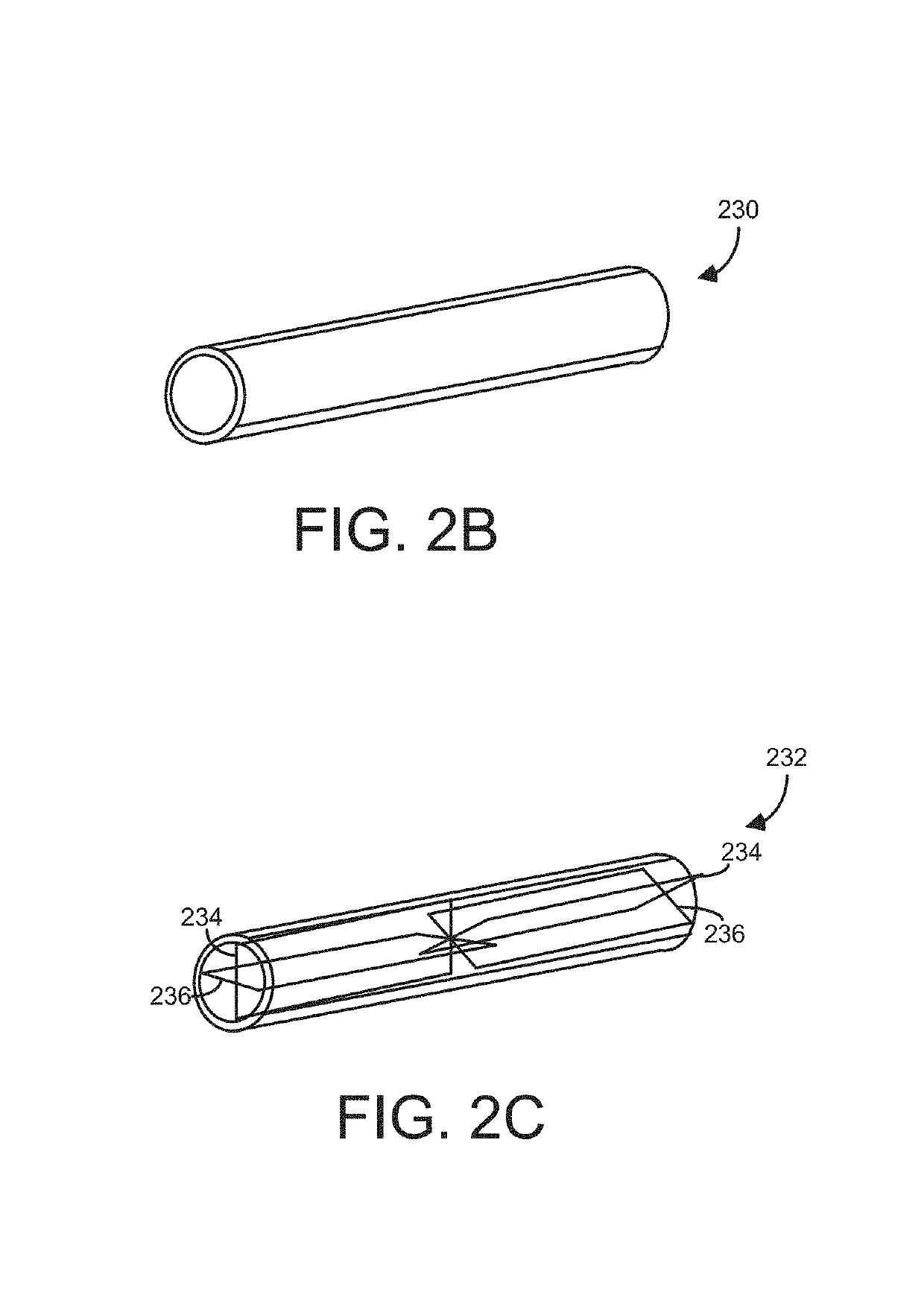Regenerative cell and adipose-derived stem cell processing system and method
a stem cell and adipose technology, applied in the field of medical processing devices, can solve the problems of large amount of stem cell generation, significant destruction of original tissue, and large ethical and political debate, and achieve the effects of reducing the potential for damage to the desired asc, preserving the integrity of original tissue, and reducing the stress placed
- Summary
- Abstract
- Description
- Claims
- Application Information
AI Technical Summary
Benefits of technology
Problems solved by technology
Method used
Image
Examples
Embodiment Construction
[0030]The following detailed description references the accompanying drawings that illustrate various embodiments of the present disclosure. The illustrations and description are intended to describe aspects and embodiments of the present disclosure in sufficient detail to enable those skilled in the art to practice the present disclosure. Other components can be utilized and changes can be made without departing from the scope of the present disclosure. The following detailed description is, therefore, not to be taken in a limiting sense. The scope of the present disclosure is defined by the appended claims, along with the full scope of equivalents to which such claims are entitled.
I. TERMINOLOGY
[0031]In the following detailed description, terminology is used to describe features of the present disclosure. For example, references to terms “one embodiment,”“an embodiment,” or “embodiments” mean that the feature or features being referred to are included in at least one aspect of the...
PUM
| Property | Measurement | Unit |
|---|---|---|
| size | aaaaa | aaaaa |
| size | aaaaa | aaaaa |
| period of time | aaaaa | aaaaa |
Abstract
Description
Claims
Application Information
 Login to View More
Login to View More - R&D
- Intellectual Property
- Life Sciences
- Materials
- Tech Scout
- Unparalleled Data Quality
- Higher Quality Content
- 60% Fewer Hallucinations
Browse by: Latest US Patents, China's latest patents, Technical Efficacy Thesaurus, Application Domain, Technology Topic, Popular Technical Reports.
© 2025 PatSnap. All rights reserved.Legal|Privacy policy|Modern Slavery Act Transparency Statement|Sitemap|About US| Contact US: help@patsnap.com



